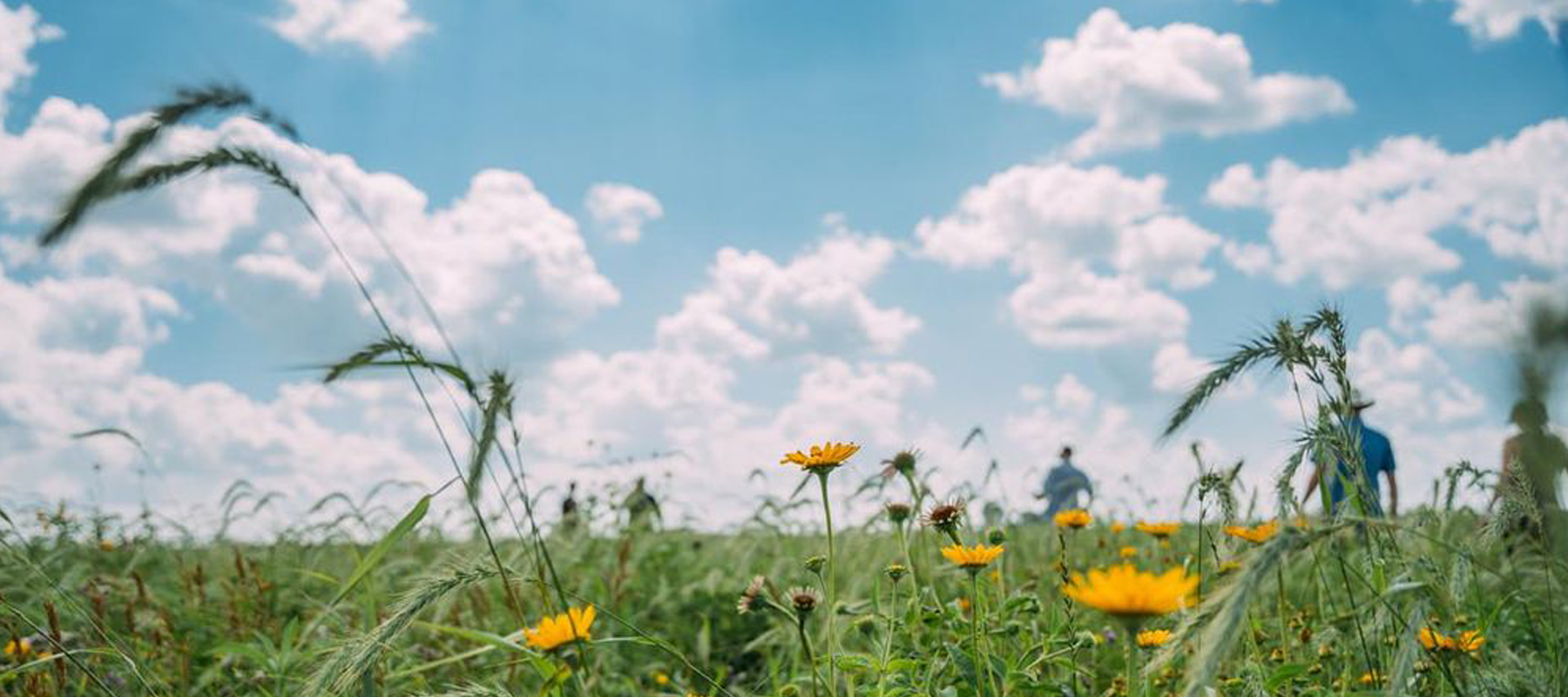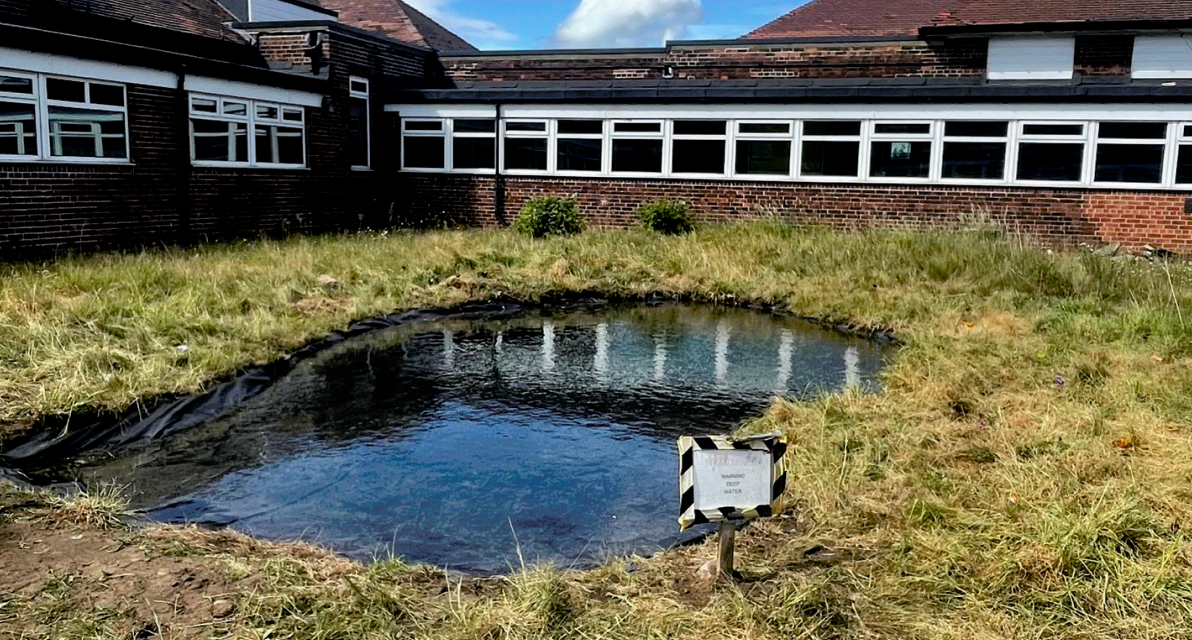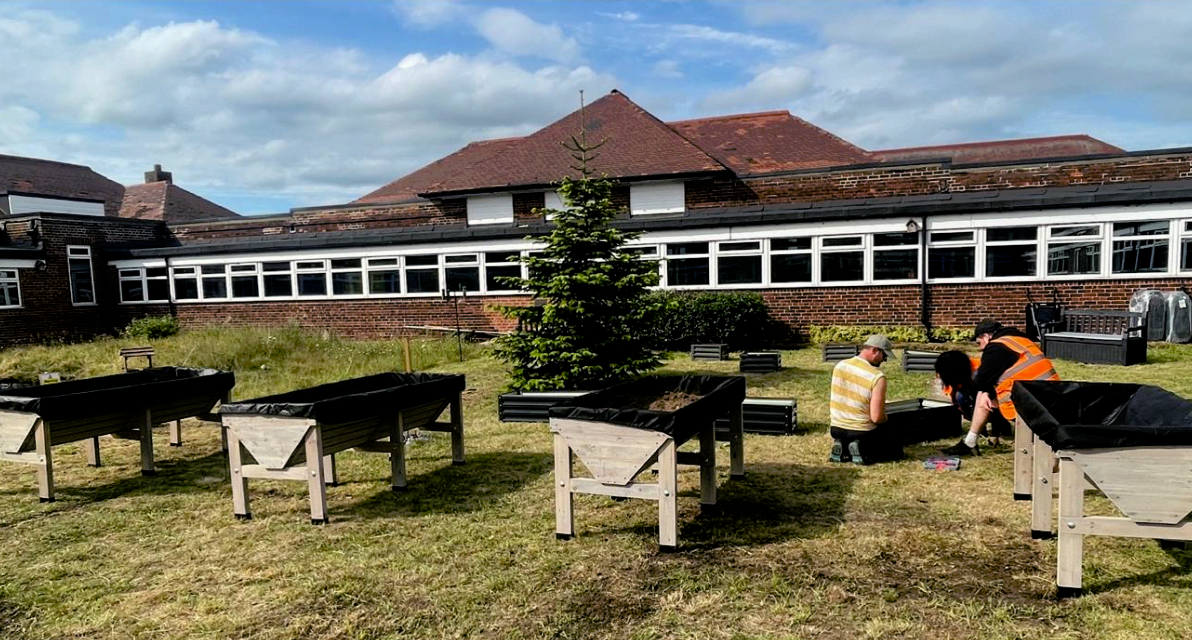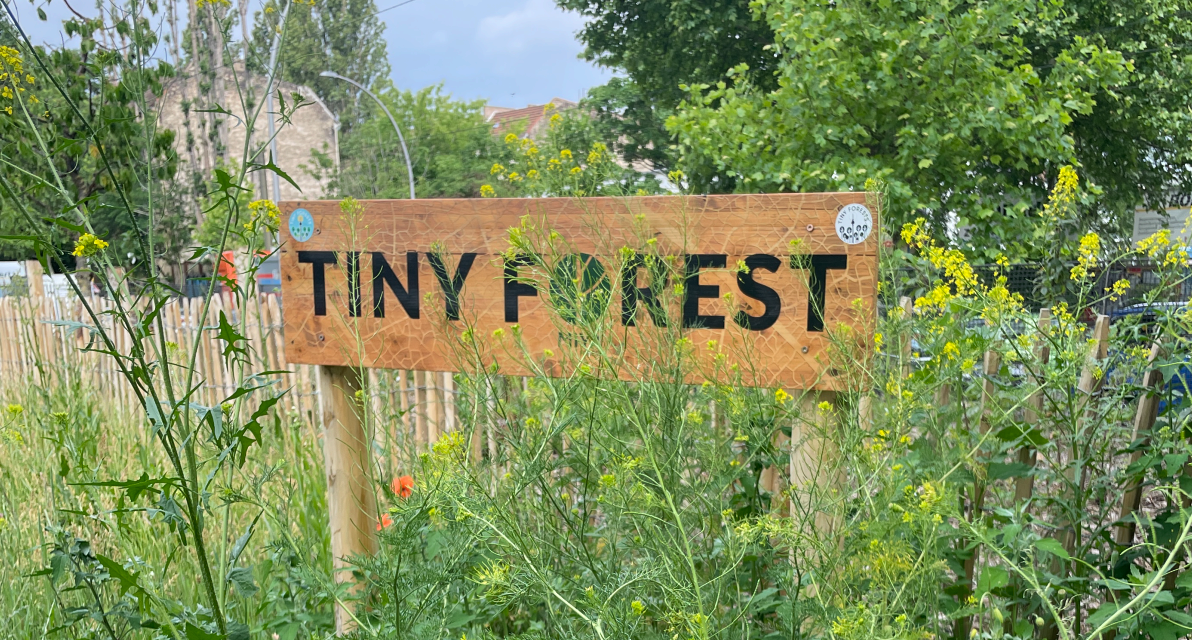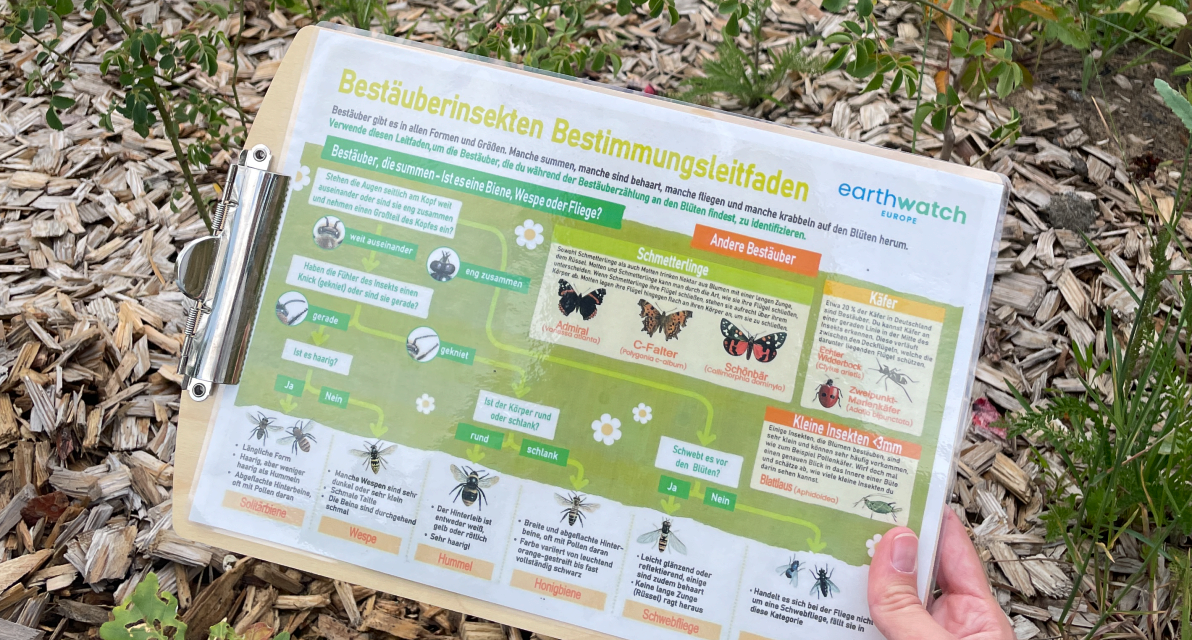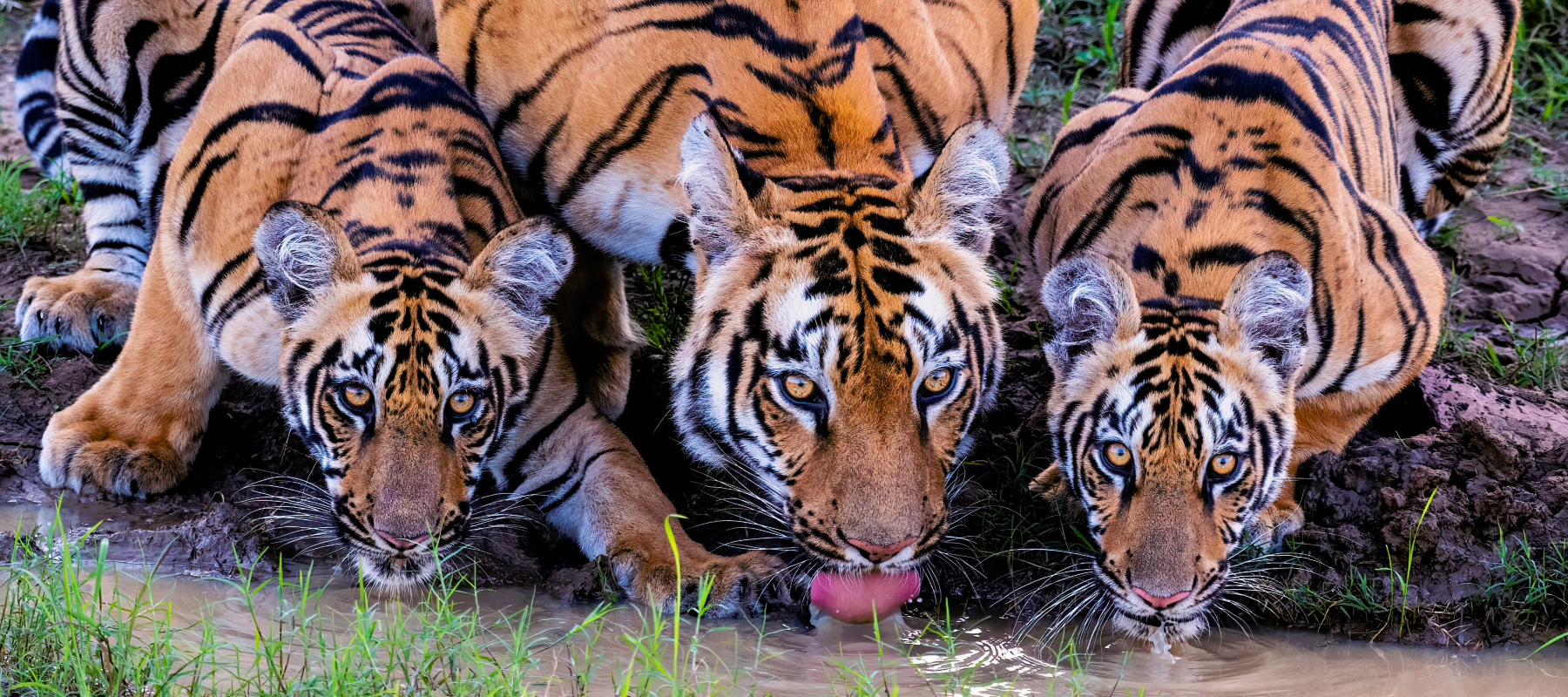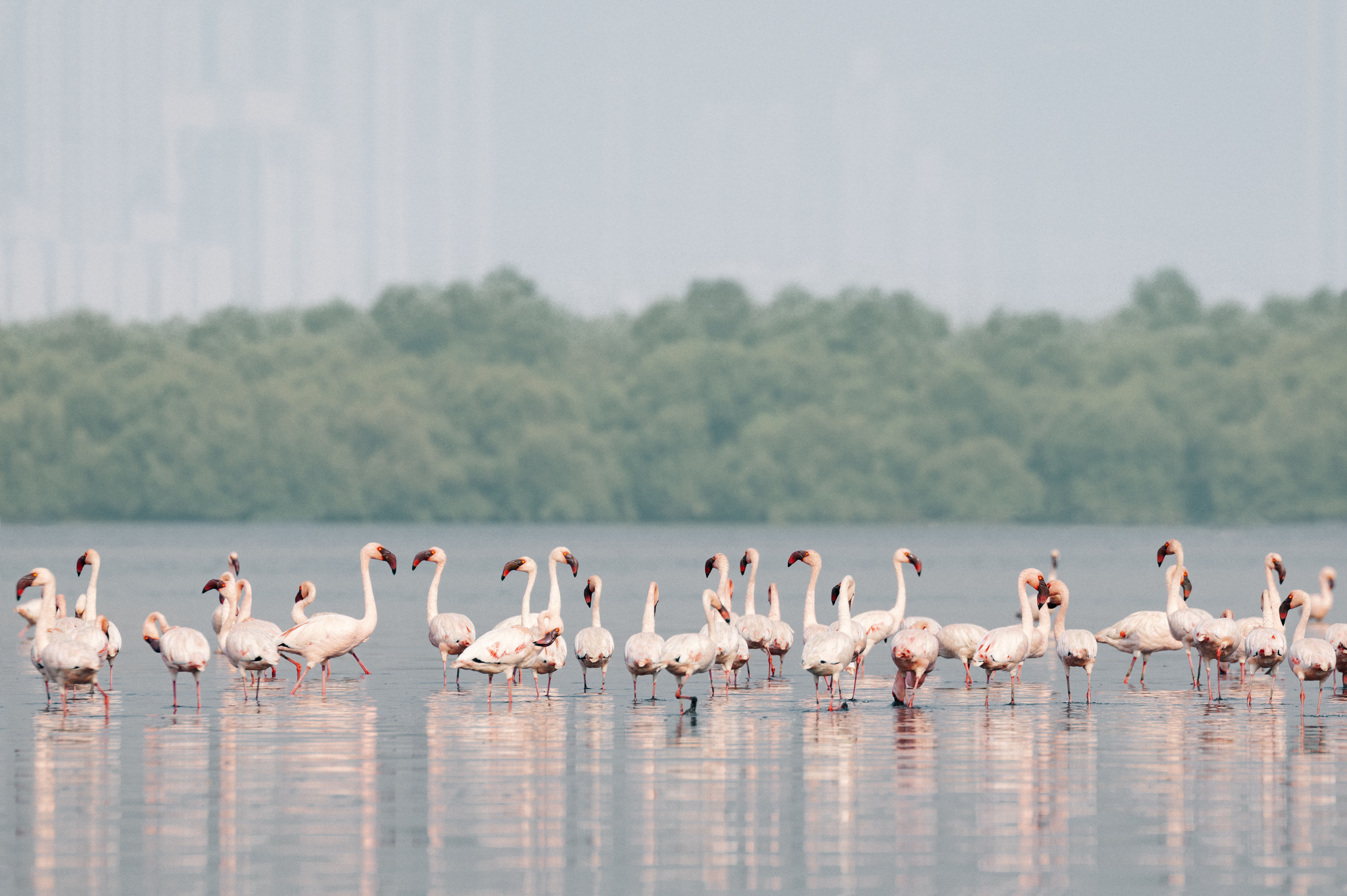Amazon is supporting pollinators through projects that show how businesses, communities, and nature can thrive.
A project announced last month by Whole Foods Market and Mad Agriculture reimagines how our food system could work in harmony with some of nature's most essential workers: pollinators. These insects, birds, and other animals enable the reproduction of flowering plants that feed both wildlife and humans, supporting food security and ecosystem health.
Initiatives like this one understand that pollinators need widespread support to survive—and thrive. From Whole Foods Market reshaping supply chains to Amazon employees improving the areas around our operations and supporting community projects, we’re trying to foster a more resilient future, one small wing at a time.
Wilding American farmland
Whole Foods Market and Mad Agriculture’s vision is bold yet practical: create a connected grid of climate-resilient habitats that restore biodiversity while strengthening our food system's resilience. Starting in the Lowery Creek Watershed in Wisconsin, this initiative aims to reconstruct native ecosystems across American farmland to support pollinators and wildlife, linking farms, watersheds, and wild areas through a 1,000-acre “Biodiversity Highway.”
The Biodiversity Highway will reduce fragmentation and help buffer communities from the effects of climate change like flooding and erosion. It’s also a practical model for reconstructing ecosystems with the potential to improve how the land functions—filtering water, storing carbon, managing pests, reducing erosion, and keeping farmland productive over time.
"This initiative is about rethinking how we care for the land and support the people who grow our food," Whole Foods Market CEO Jason Buechel said. Ranked by Friends of the Earth as the top U.S. retailer for pollinator protection, Whole Foods Market has redoubled its efforts through native prairie restoration and pollinator-friendly sourcing policies. Its work demonstrates how businesses can play a crucial role in protecting these vital creatures that support over 1,200 crops and 180,000 plant species—which are in about one out of every three bites of food we eat.
